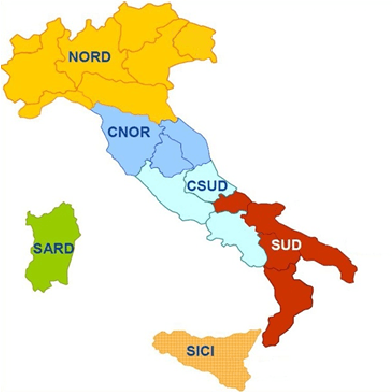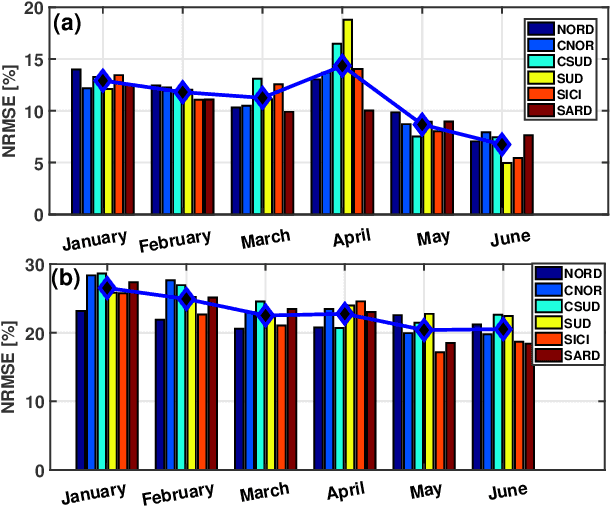Michela Moschella
A Machine Learning Model for Long-Term Power Generation Forecasting at Bidding Zone Level
Oct 08, 2019



Abstract:The increasing penetration level of energy generation from renewable sources is demanding for more accurate and reliable forecasting tools to support classic power grid operations (e.g., unit commitment, electricity market clearing or maintenance planning). For this purpose, many physical models have been employed, and more recently many statistical or machine learning algorithms, and data-driven methods in general, are becoming subject of intense research. While generally the power research community focuses on power forecasting at the level of single plants, in a short future horizon of time, in this time we are interested in aggregated macro-area power generation (i.e., in a territory of size greater than 100000 km^2) with a future horizon of interest up to 15 days ahead. Real data are used to validate the proposed forecasting methodology on a test set of several months.
 Add to Chrome
Add to Chrome Add to Firefox
Add to Firefox Add to Edge
Add to Edge